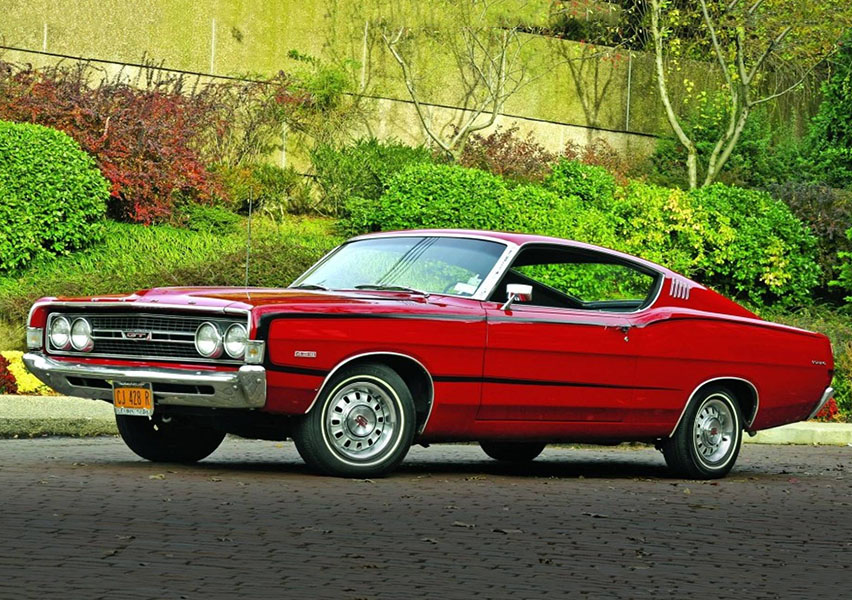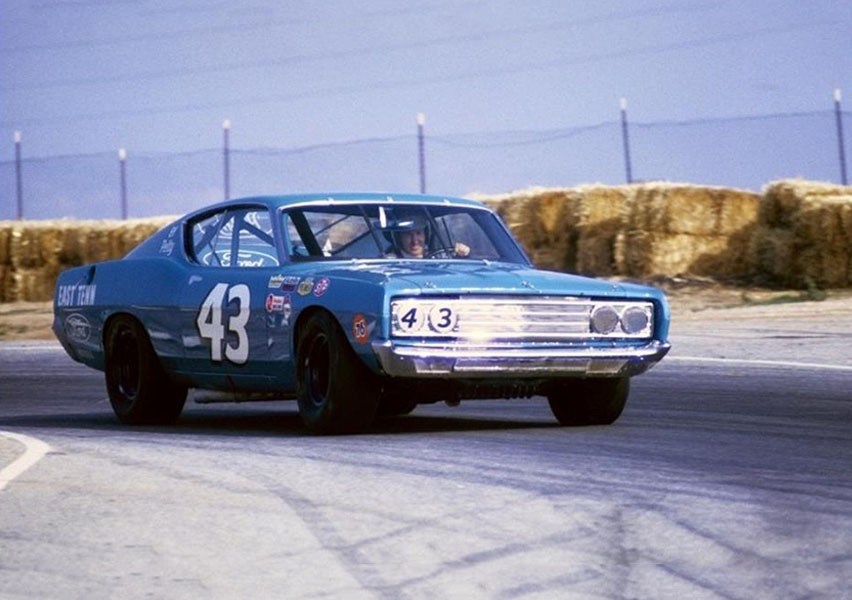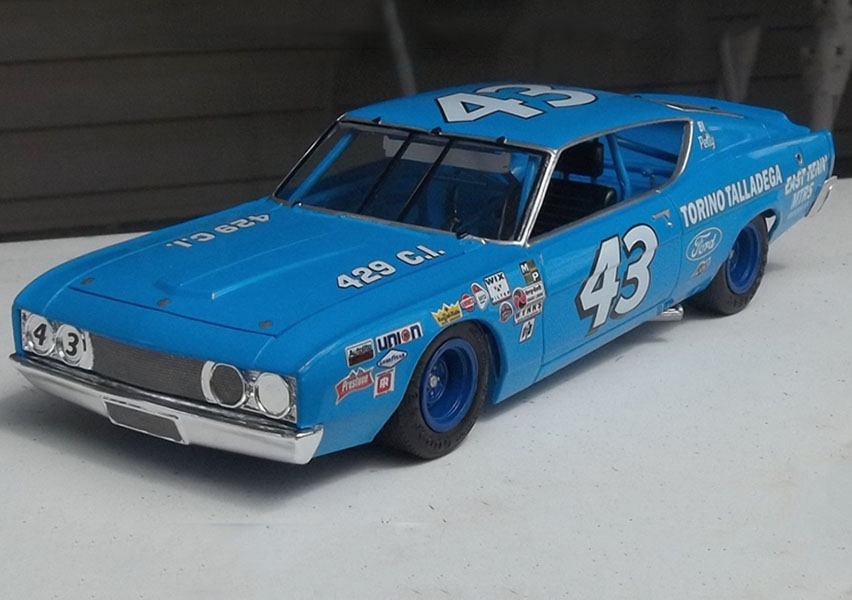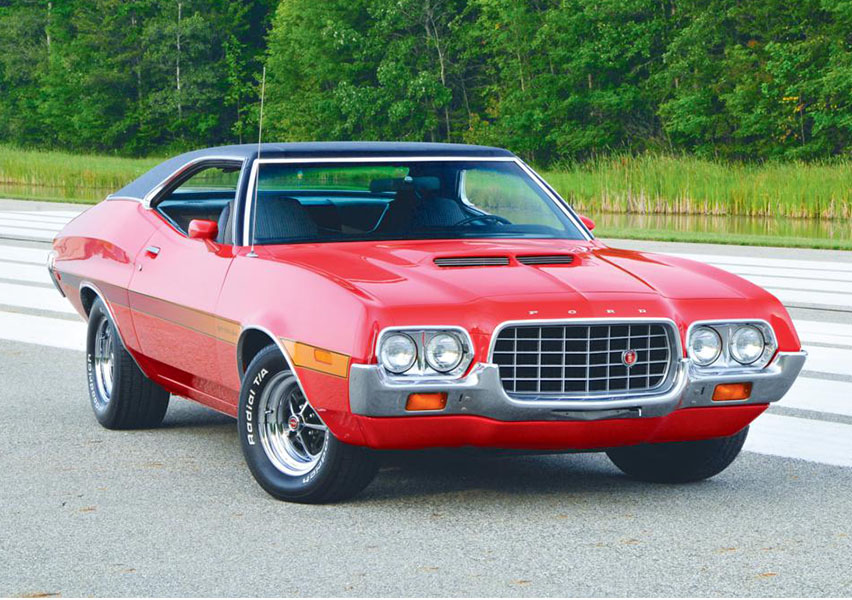
Photo Courtesy: Terry McGean Stealth (Cobra) Jet - 1968 Ford Torino GT
Even if you’re a casual car buff, there’s a good chance you’ve seen this vehicle in a few movies over the past dozen years. The Gran Torino has received pop culture references across a range of genres, from the 2004 buddy cop comedy Starsky & Hutch, to the more serious 2008 Clint Eastwood drama Gran Torino, and most recently in the 2009 action film Fast & Furious.
But before it became a cultural icon, the Gran Torino sprung into being as a solution to a problem. And this particular problem threatened to bring the whole mid-sized muscle car category to a screeching halt.

Photo Courtesy: montecarloforum.com
Let’s start at the beginning. The Gran Torino was an evolution of the Torino, which burned onto the scene in 1968. Its Mustang-inspired fastback design revolutionized the idea of aerodynamics. As a result, NASCAR drivers did almost anything to get their hands on the car—Richard Petty dropped Chrysler for the 1969 season in order to drive the NASCAR-inspired Torino Talladega. Competing manufacturers scrambled to come up with an answer—Dodge introduced the Charger 500 and Charger Daytona—but even those cars struggled to compete with Ford’s aerodynamic construction. Bolstered by the buzz around the track, the Torino’s slick design and whopping 428 cubic inch, 7.0 liter V-8 engine made the vehicle a coveted machine to the hot rod community and to anyone who craved speed and power.

Photo Courtesy: silvyrian.deviantart.com
But as the 60s faded into the 70s, so did the Torino. The new decade brought a wave of imported cars, and the public traded their love of the gas-guzzling, high-powered intermediates for the less-expensive, fuel-efficient compacts and subcompacts. Detroit scrambled to pump out smaller cars that would compete, and mid-sized cars fell out of favor. Torino sales plummeted.
Impending government emissions and safety regulations threatened to give the mid-sized muscle car the knock-out punch, but Ford wasn’t about to give up. In 1972 they countered with an upmarket shift and total redesign, and they gave their creation a new name: the Gran Torino. The design was apparent at first glance: the Gran Torino had more curves than its predecessor, and its iconic “fish mouth” grille was an instant attention-grabber. In order to give the Gran Torino a quieter ride, Ford ditched the unit-body construction and gave the car a perimeter frame. The Gran Torino also received a "Stabul" coil-spring, four-trailing-arm setup. Fourteen hollow rubber body mounts separated frame from body. Now, drivers and their passengers glided along while an available 351 four-barrel “Cobra Jet” engine powered them wherever they went.

Photo Courtesy: Al Rogers: Freeze Frame Image LLC.
By recognizing that smaller cars would rule the affordable auto market, Ford saved its Torino line by moving it into the luxury category. This shift rippled across the field of American auto manufacturers, and Detroit’s mid-sized cars followed the trend as the decade continued.


Don't miss out on new content
Thanks for signing up. Set your password and start earning reward points for everything you do on the site.
You already have a Team Valvoline account. Sign in here.
Did you forget your password?